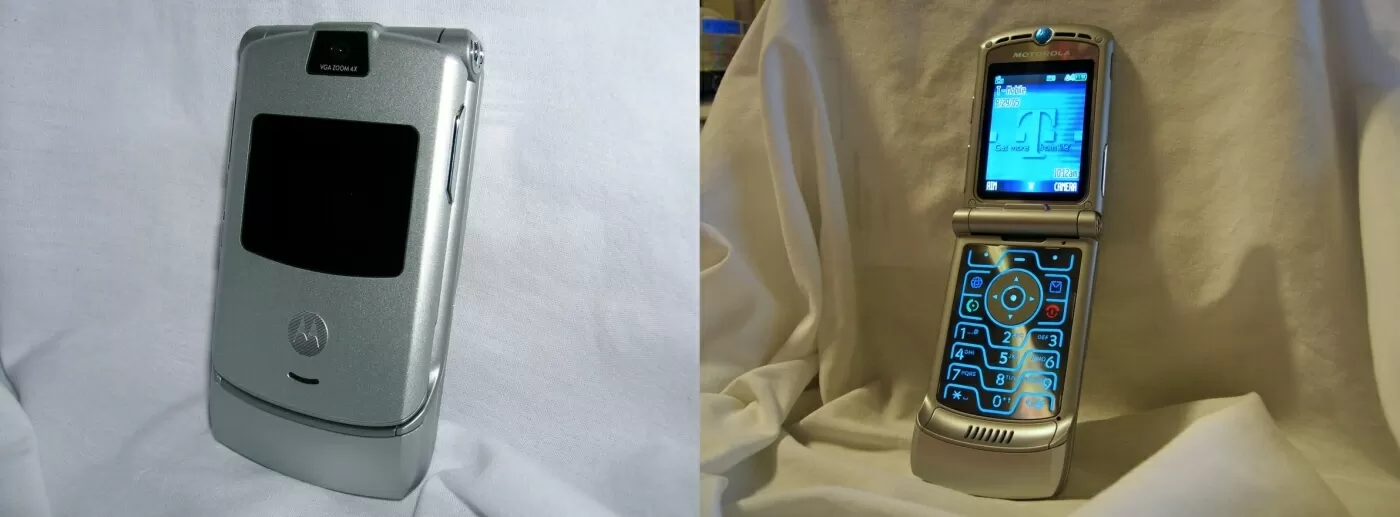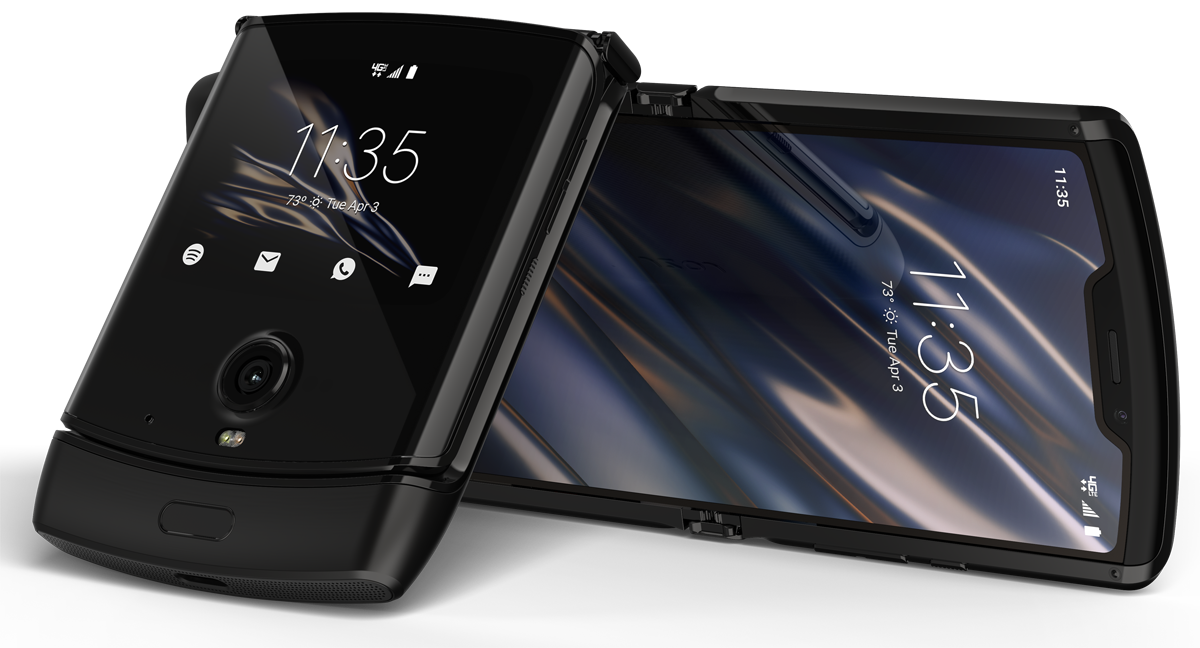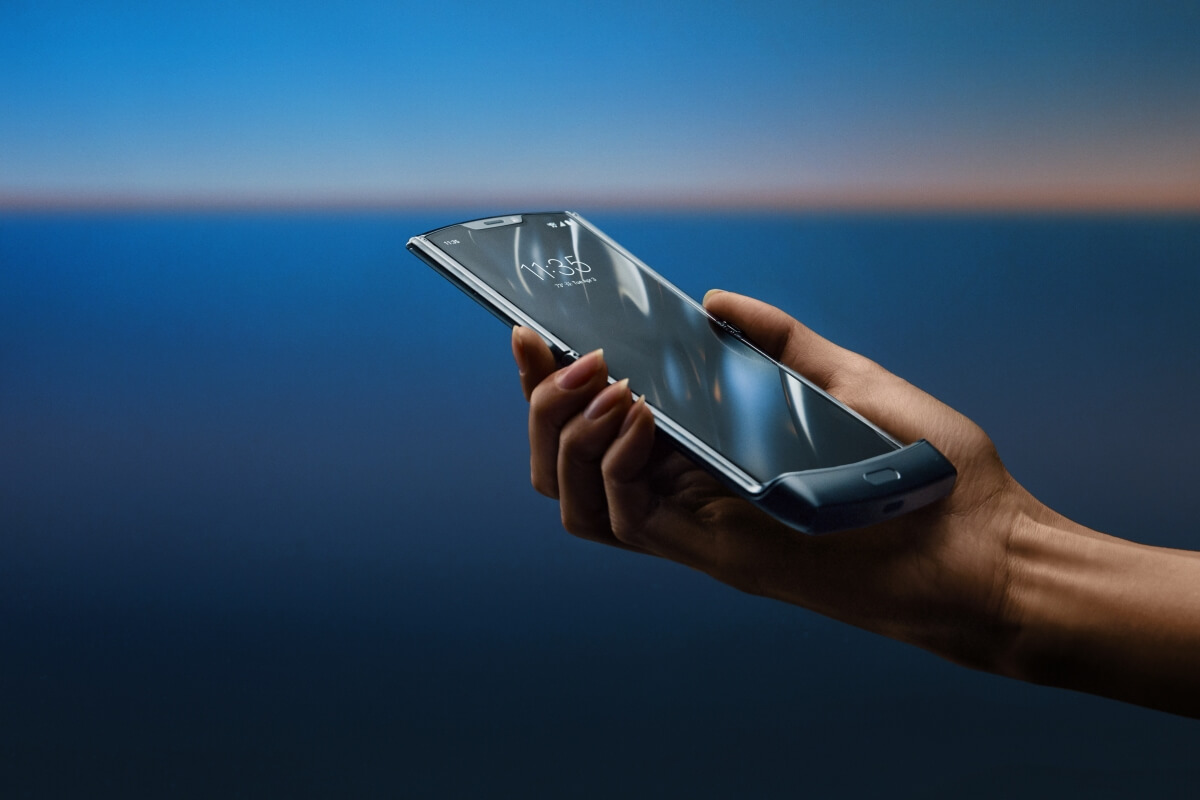Bottom line: Samsung's Galaxy Fold and Huawei's Mate X did flexible display technology no favors. Motorola seems to have corrected many of the injustices that these phones delivered, but whether or not they've satisfactorily quelled all shortcomings remains to be seen.
Motorola's original Razr was the first mobile phone that I ever actually desired. I'd owned plenty of handsets before that and even liked some of them - I have a fond place in my heart for the infinitely customizable Nokia 5110, for example - but nothing felt as enticing as what Motorola put out in 2004.
When rumors surfaced suggesting Motorola was considering a modern Razr reboot, I knew it could be a big opportunity not only for Motorola but to further advance the adoption of flexible displays.

For years, I've preached that bendable displays were a solution to a problem that didn't exist. By this, I meant that there was no practical use for them. Adding a curved / bent / foldable display to a phone simply because the technology now exists is no good reason to do it. It has to be practical which is something that Motorola proved with the clamshell design of the Razr 15 years ago.
It also needs to be durable and that's where I still need convincing that flexible displays are ready for mainstream use.
Motorola's new Razr features a 6.2-inch folding display that - critically - is made of plastic. Motorola insists that it is plenty durable... but, is it really? What happens if you tap it with your fingernail? What happens if a small piece of debris gets lodged between the screen when you close it?

Another major concern is with the hinge... or more specifically, how the screen bows out when you fold the device in half. Again, what happens when a piece of debris inevitably gets wedged in this space when you close the clamshell? And how about how the bottom of the phone tucks into the chin ever-so-slightly when you close it?
These are just a couple of the many issues that Motorola has put on the table with the new Razr. The $1,500 price tag is another, but I'm even more distressed over the fact that it uses a mid-range processor and has a small battery. The single rear-facing 16-megapixel camera isn't up to par with today's flagships, either.

As with earlier foldable offerings, I'd recommend waiting to see what the early reviews have to say before committing to spending on what could ultimately prove to be another prototype.
